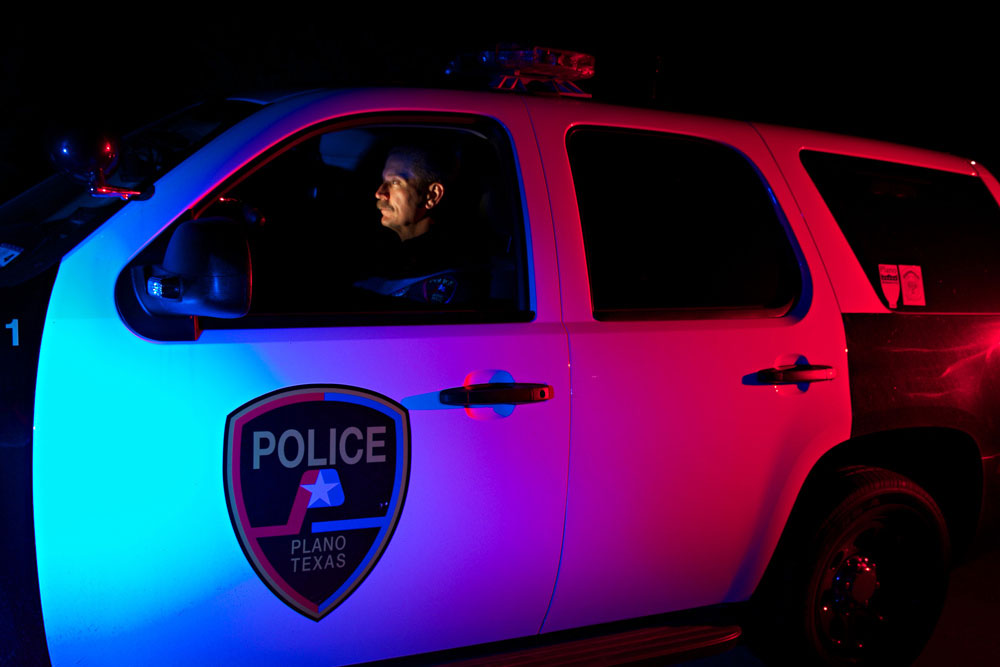Early this morning, Collin College students and staff’s phones buzzed with alerts of a possible active shooter on campus. Students evacuated. Police were brought in. Students later returned to class. But what exactly happened?
9:45 a.m.: Someone called 9-1-1 and reported that a mass shooting had occurred at Collin College Plano Campus.
10:13 a.m.: Plano Police Department tweeted a Code Red, indicating a possible active shooter and that officers were on scene.
10:28 a.m.: Officers had found no injuries, and began clearing the evacuated buildings.
10:38 a.m.: Plano PD tweeted that it was a false call, calling it a hoax and saying that the campus had been cleared.
10:56 a.m.: Collin College tweeted that the school had been cleared, that the call was false, and that classes and normal operations would continue at 1 p.m.
After Collin College and Plano PD posted that classes would resume and the call was a hoax, students began raising concerns that some had claimed they saw a student with a rifle walking around campus. These students have not responded to a request for comment, and these allegations are not confirmed.
this isn’t a false alarm! coming as a former student from that campus many students saw a person walking with a rifle onto campus. Literally people running for there lives. It’s sad to think that we can’t even make a call for our safety and making it think it’s HOAX.
— Flor Cruz 🤍 (@florcruz24) April 13, 2023
Others were concerned that returning to school after having to run and hide for what they thought was a mass shooting would be traumatizing.
a day that students have to think about their mortality and experience fear for their lives is a day they shouldnt have to attend class. this text is dystopian. am i insane??? is this text not insane??? pic.twitter.com/UIJRZmcbpP
— brookeeee (@BrookeCompton_) April 13, 2023
Many are calling for the caller to be prosecuted. The Federal Bureau of Investigation investigates false calls, and launched a campaign against them called #ThinkBeforeYouPost in 2018. The FBI reminds students that hoax threats are a felony and land the caller in prison with requirements to pay restitution. Calling in a false threat is also known as “swatting.”
“Hoax threats disrupt school, waste limited law enforcement resources, and put first responders in unnecessary danger,” then FBI Deputy Director David Bowdich said on the site. “We also don’t want to see a young person start out adulthood with a felony record over an impulsive social media post.”
Around the same time that a call was made to Collin College, a similar hoax call was made to Texas Wesleyan University.





